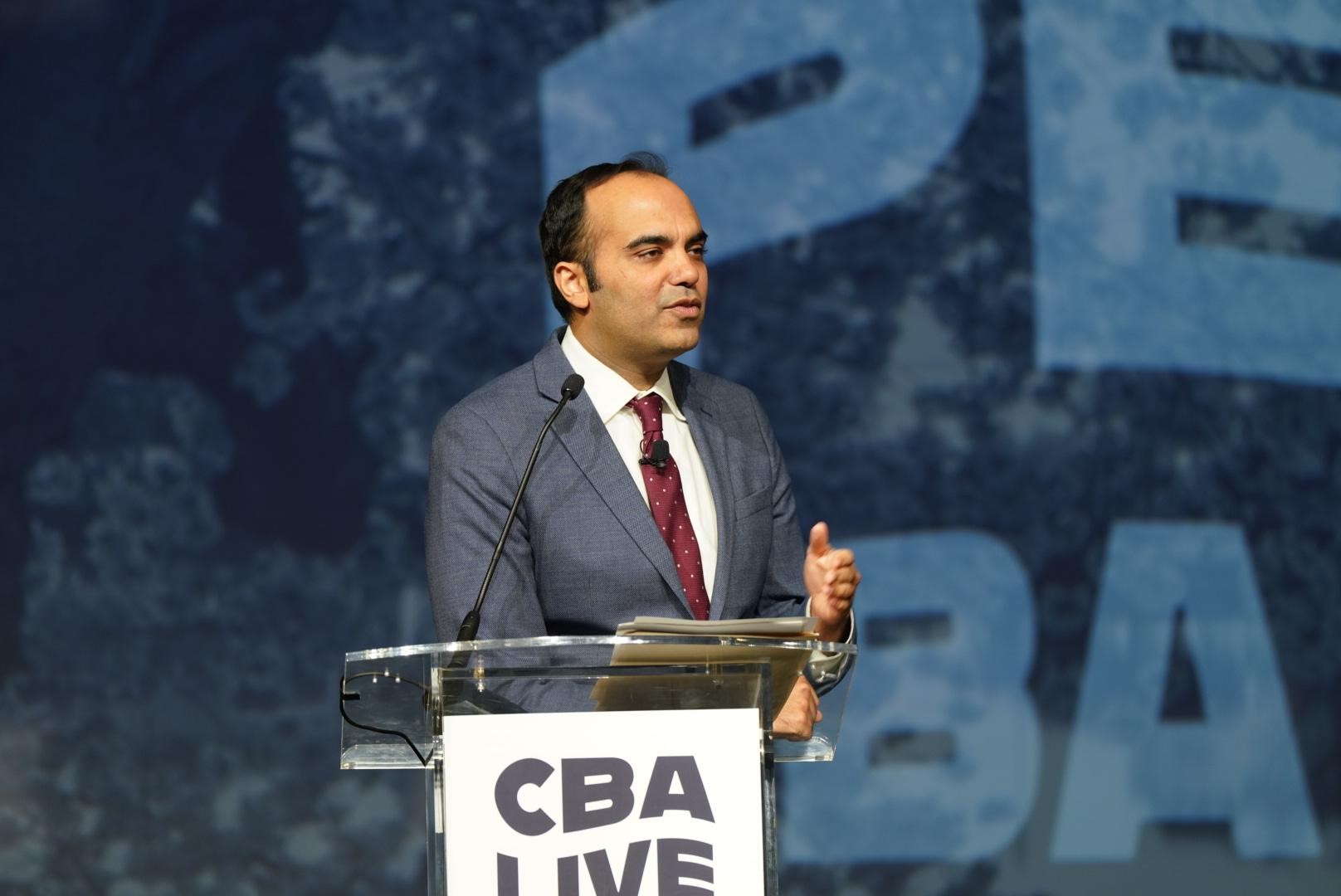CBA Comment Letter on the Overdraft Protection Act

The Consumer Bankers Association (CBA) writes in opposition to H.R. 4277, the “Overdraft Protection Act”, that would restrict access to a safe emergency liquidity option, which provides a financial safety net for consumers. CBA is the voice of the retail banking industry whose products and services provide access to credit to millions of consumers and small businesses. Our members operate in all 50 states, serve more than 150 million Americans, and collectively hold two-thirds of the country’s total depository assets.
Consumer Demand Leads to Change
Overdraft is an “opt-in” product for point-of-sale (POS) and ATM transactions that consumers use to meet their emergency liquidity or cashflow needs. According to the U.S. Federal Reserve, 60% of Americans are unable to cover an unexpected $400 bill with savings alone. Without access to viable, bank-offered short-term liquidity products like overdraft, consumers will be left with little recourse but to use less-supervised, less-regulated, non-depository institutions to meet their needs—an undesirable position to place vulnerable consumers.
Much has changed with respect to how banks offer overdraft to consumers and the use of the product since the “Overdraft Protection Act” was first introduced in 2009. Starting in 2010, an “opt-in requirement” and additional disclosures were required by Congress through changes to the “Electronic Funds Transfer Act.” Innovations by banks, lead to polices that decreased costs and increased access for those who use overdraft to provide a safety net in times of need and help meet their short-term liquidity demands (Appendix A).
Proactive changes made to expand choice, strengthen transparency, increase affordability for consumers include:
Significant reduction or elimination of overdraft fees
- Elimination of account transfer fees to coverage overages
- De minimums exceptions to cover small overages (avoiding an overpriced cup of coffee)
- Grace periods for customers to make accounts whole before overdraft fees are assessed
- Elimination of extend overdraft fees
- Elimination of returned items fees
These bank-led innovations, in conjunction with existing clear disclosures, will add continued benefit to consumers who depend on overdraft services to cover short-term gaps in finances by continuing to provide a viable service that will come at minimal or no cost. Bank regulators agree further restrictions to short-term liquidity options, such as overdraft services, would drive many families to more expensive options, outside the highly regulated banking industry.
In December 2021, Acting Comptroller of the Currency Michael Hsu recognized overdraft services as one of the last viable sources of short-term liquidity for many U.S. consumers. In his remarks, Acting Comptroller Hsu commented on the state of the overdraft market in the United States, highlighting the important need to provide safe and affordable short-term liquidity options for consumers within the well-regulated, well-supervised banking system.
“For those living paycheck to paycheck, the flexibility offered by low- to no-cost overdrafts can empower them to pay their bills on time, avoid high-cost alternatives, and improve their credit profile. […] Limiting overdrafts may limit the financial capacity for those who need it most.”
Amidst a renewed focus from policymakers on examining overdraft practices, Hsu’s observations and recommendations illustrated how competition can empower and promote financial health for American families.
Curinos Data – Consumers Understand Benefit & Value Overdraft
In December of 2021, Curinos released its ‘Competition Drives Overdraft Disruption’ study (Appendix B), which found the evolution of overdraft programs is being driven by competition, not interventions by the federal government. The study shows financial institutions have innovated with respect to the overdraft product to provide more low-cost cashflow options for customers.
- Consumers understand overdraft: More than 60% of overdrafts come from consumers who intend to use the service. Over 80% of overdraft transactions come from consumers who opted into debit card overdraft programs with the clear intention of using it to cover their payments, with two-thirds of consumers indicating they knowingly will incur the cost to ensure no reduction in their access to service.
- Fewer people use overdraft: The percentage of regular overdraft users (those with 10 or more transactions annually) fell by 40% to 4.9% between 2010 and 2020.
- Consumers use overdraft for purchases of increased size: Since 2008, as a result of bank innovations, overdraft fees per U.S. adult, have declined by 77%. The average size of purchases triggering overdraft fees quadrupled from $50 to almost $200.
- Consumers want more short-term liquidity choices: The emergence of non-bank alternatives in the market is driving consideration of new checking purchases for consumers.
- Overdraft fee revenue is down significantly: U.S. overdraft revenue fell approximately 57% from $40 billion in 2008 to $17 billion in 2019.
- Challengers that adopt consumer-friendly policies win market share: New entrants, including fintechs and challenger banks, have created solutions to better manage or reduce the cost of overdraft. These entities have experienced a 40% increase in account acquisition since 2017. Financial institutions that haven’t adopted overdraft innovation have experienced a nearly 30% reduction in consumer acquisition.
Conclusion
Banks have invested significant resources toward innovating overdraft services to provide access to safe, high-quality consumer products and services for consumers’ long-term benefit. We encourage policymakers to reject the H.R. 4277 and prevent disruption for those most in need from getting emergency financial assistance.
Sincerely,
Richard Hunt
President and CEO



